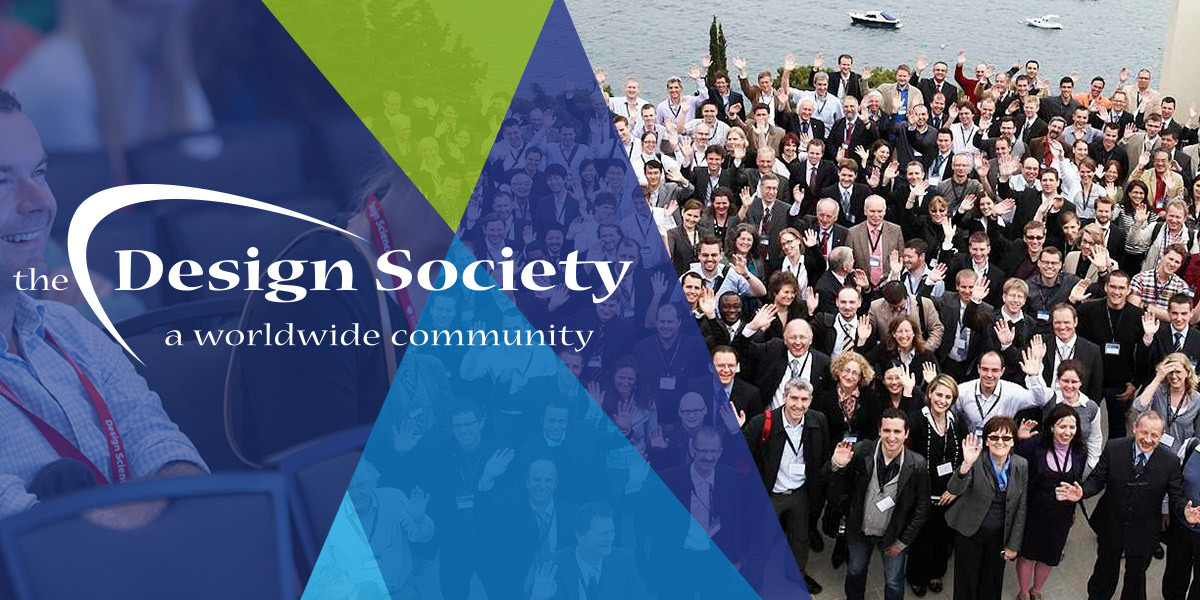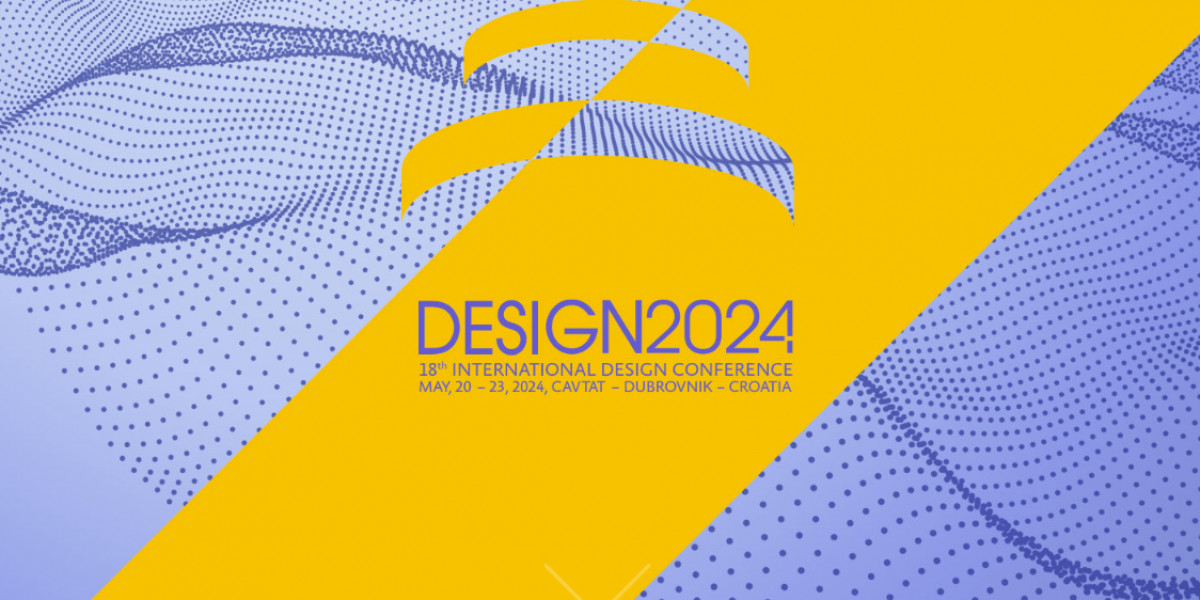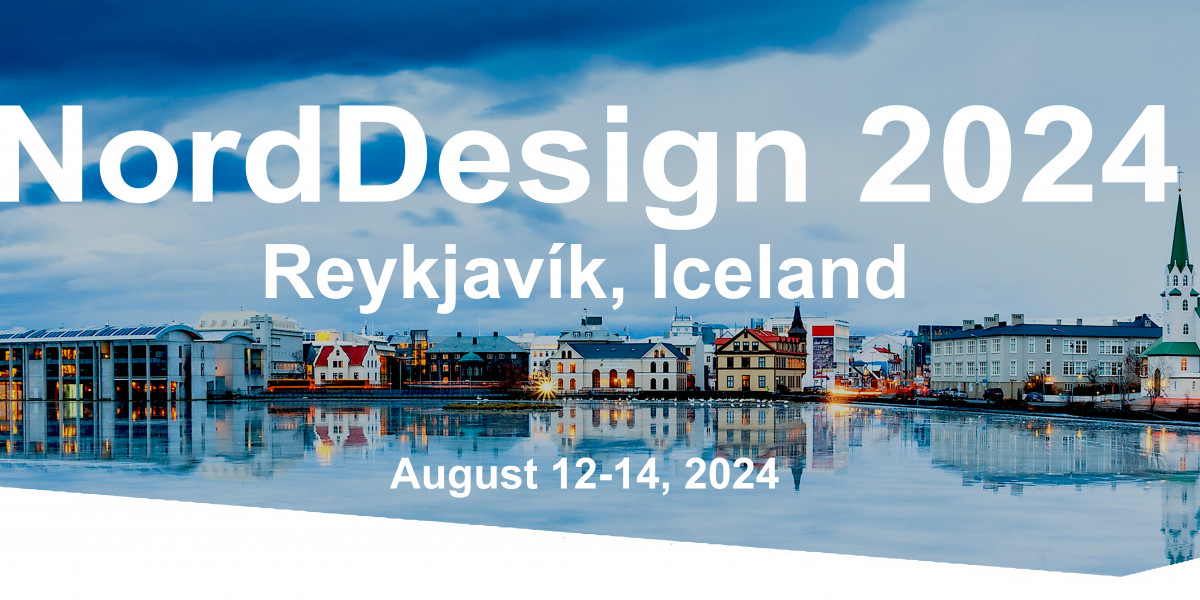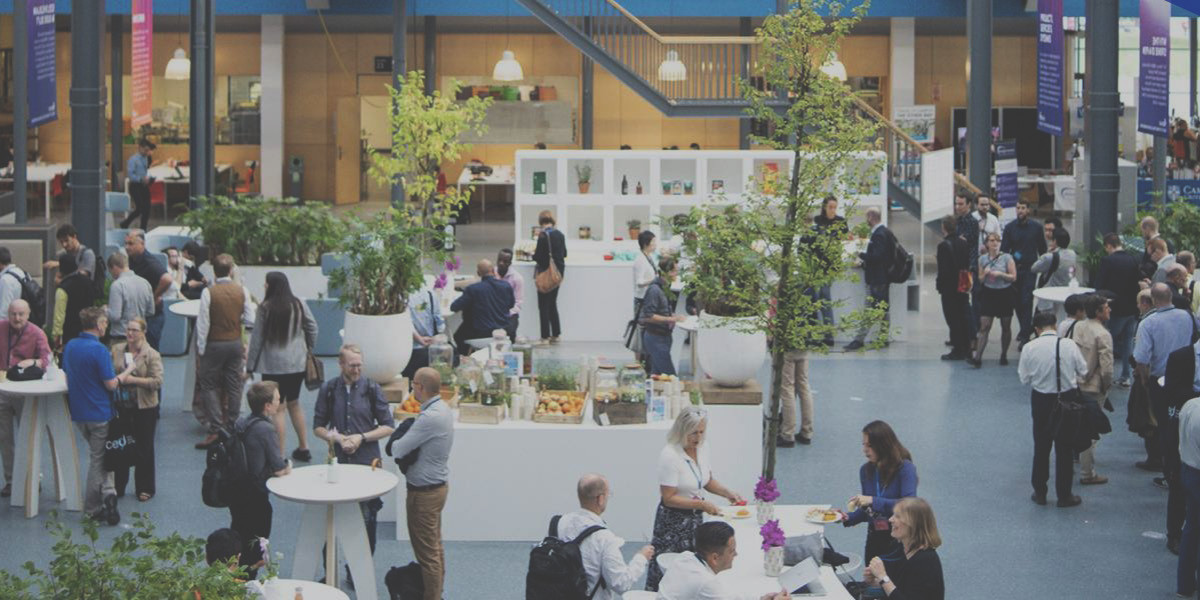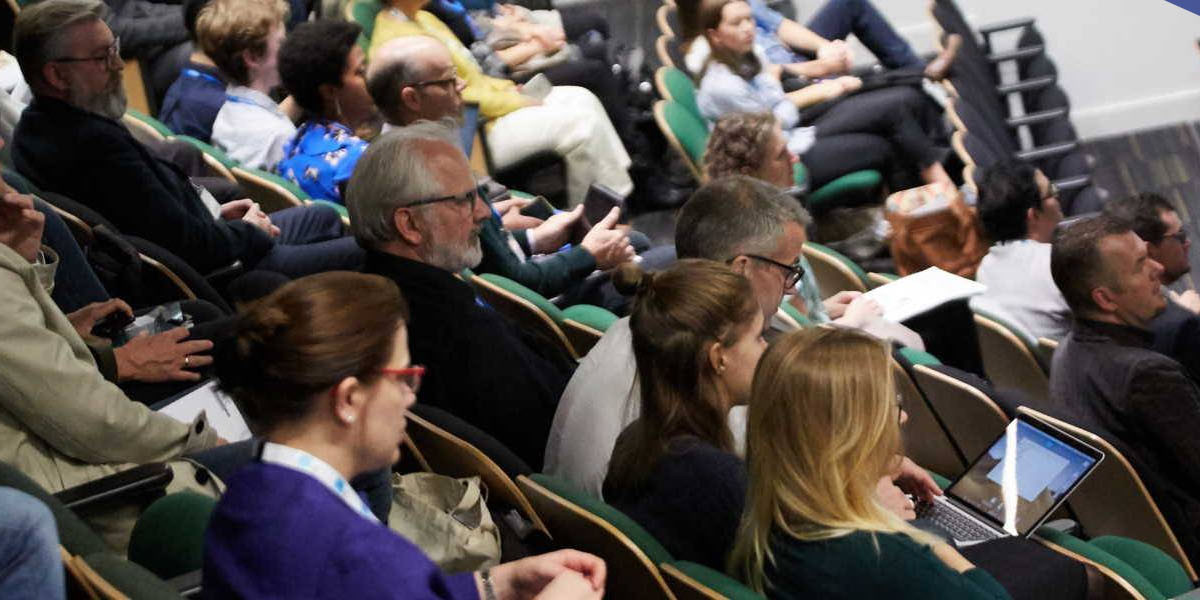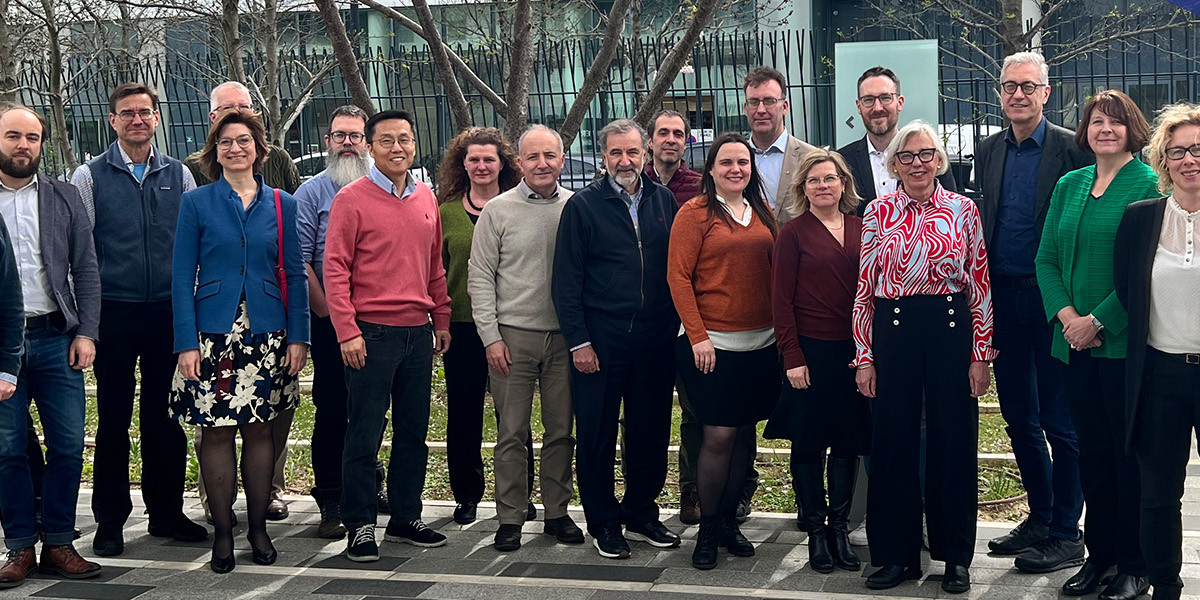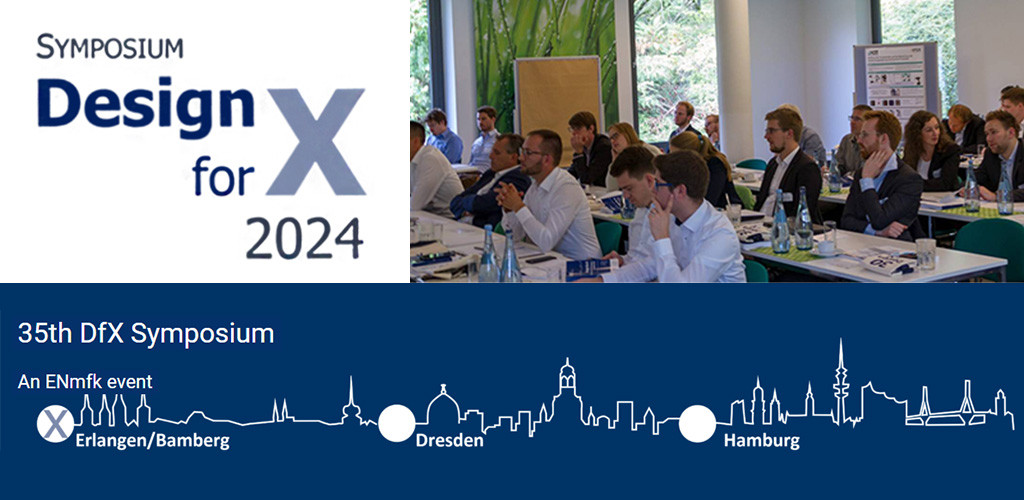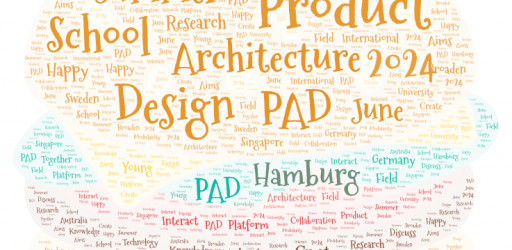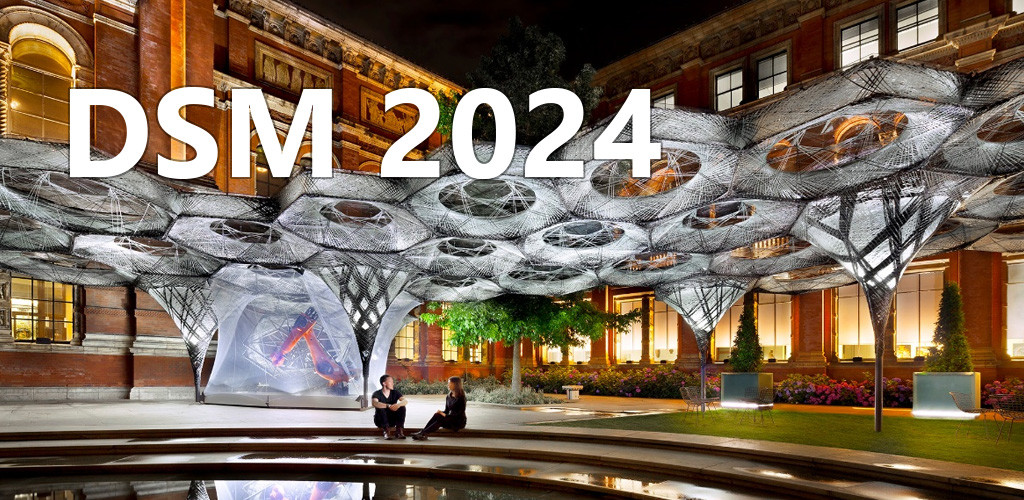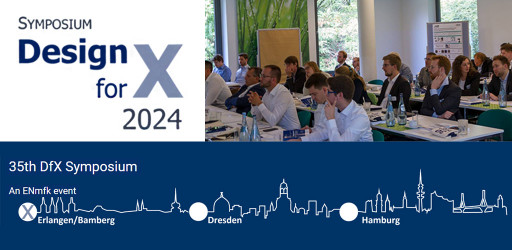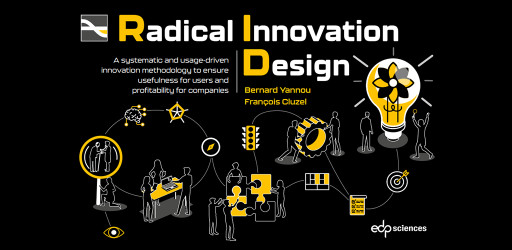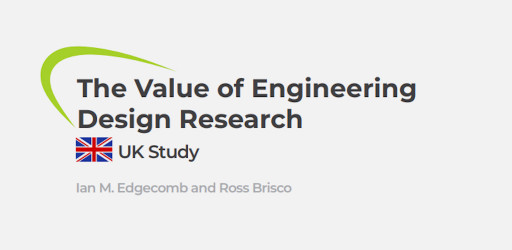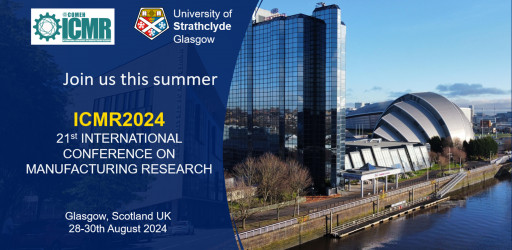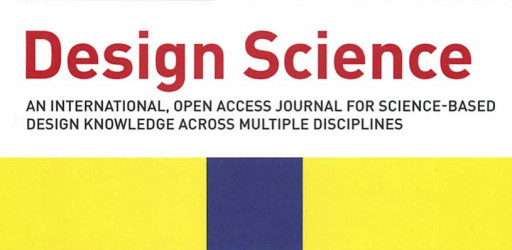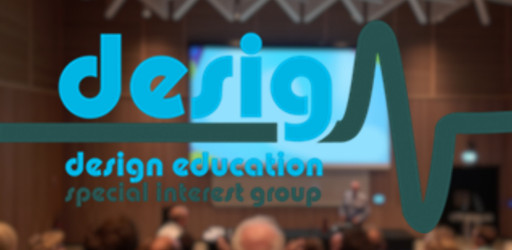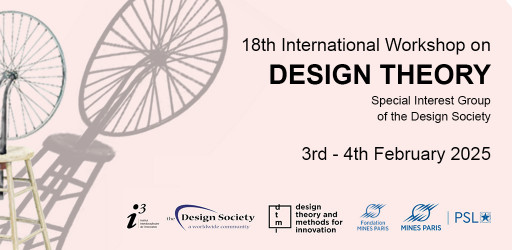The Design Society, established in 2000, is an interdisciplinary community of academics and industry practitioners with the goal of developing and promoting a robust, usable and scalable means of designing complex solutions that a sustainable and globalised society needs to thrive, in the 21st century.
We see the development of Design Science, through design research, design teaching and design practice, as the enabler for maturing novel technologies into innovative solutions, as well as a way to engage diverse people in articulating their needs and challenges and to participate and even lead the creation of appropriate solutions.
Our aim is to develop the innovative means that support designers in their practice. At the same time, we support the exchange of best practices to improve the routine design and conduct research to develop and maintain solid theoretical foundations of design.
The Design Society has an extensive palette of conferences, seminars, meetings, research schools and other collaborations. Explore these here!
All DS publications are available electronically for Society members to download free of charge through this web site.
SIGs provide opportunities for DS members and non-members to network, share ideas, experience and knowledge, collaborate, learn and open new research topics.
Explore career opportunities, job vacancies and educational activities.


